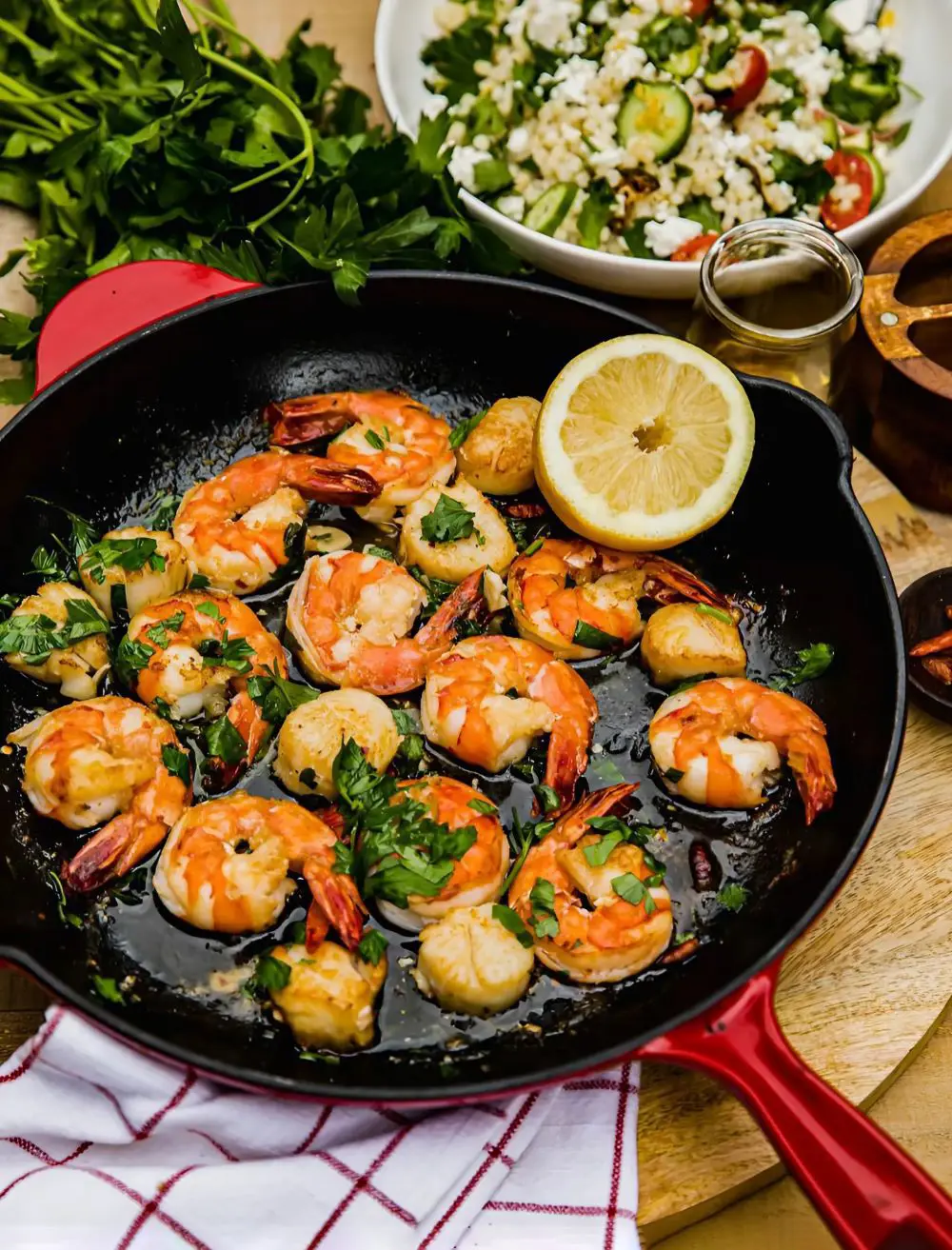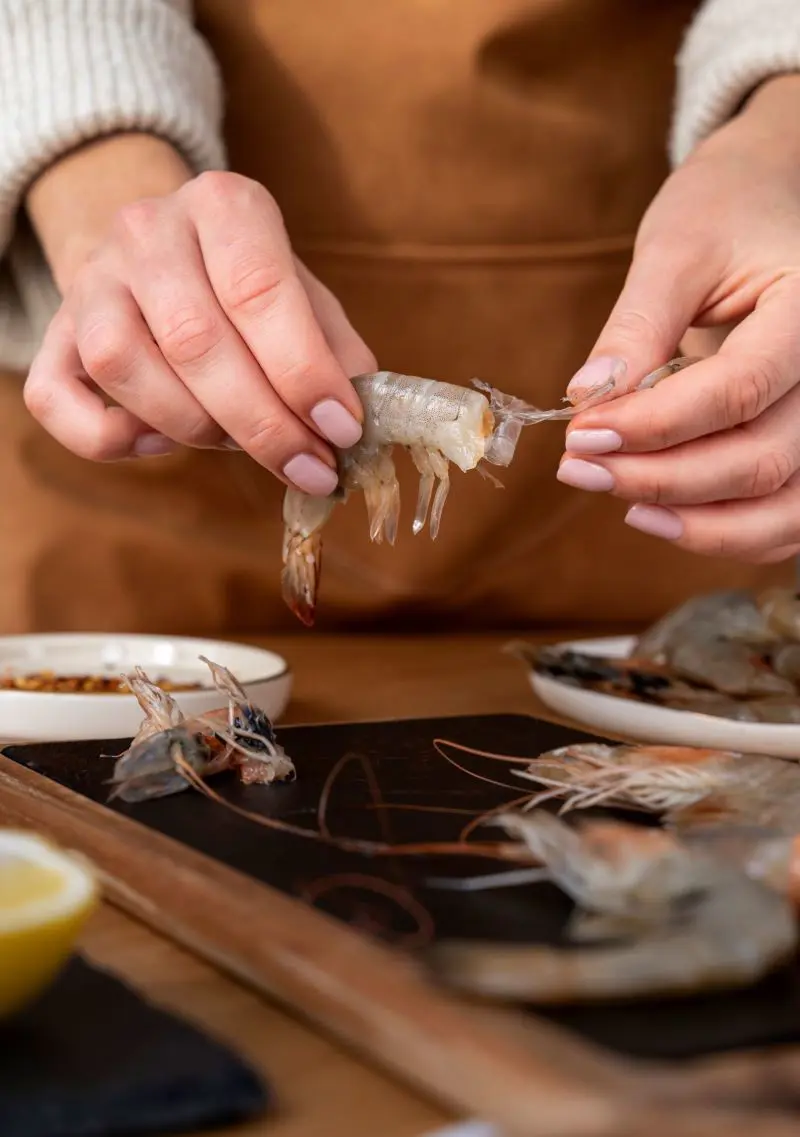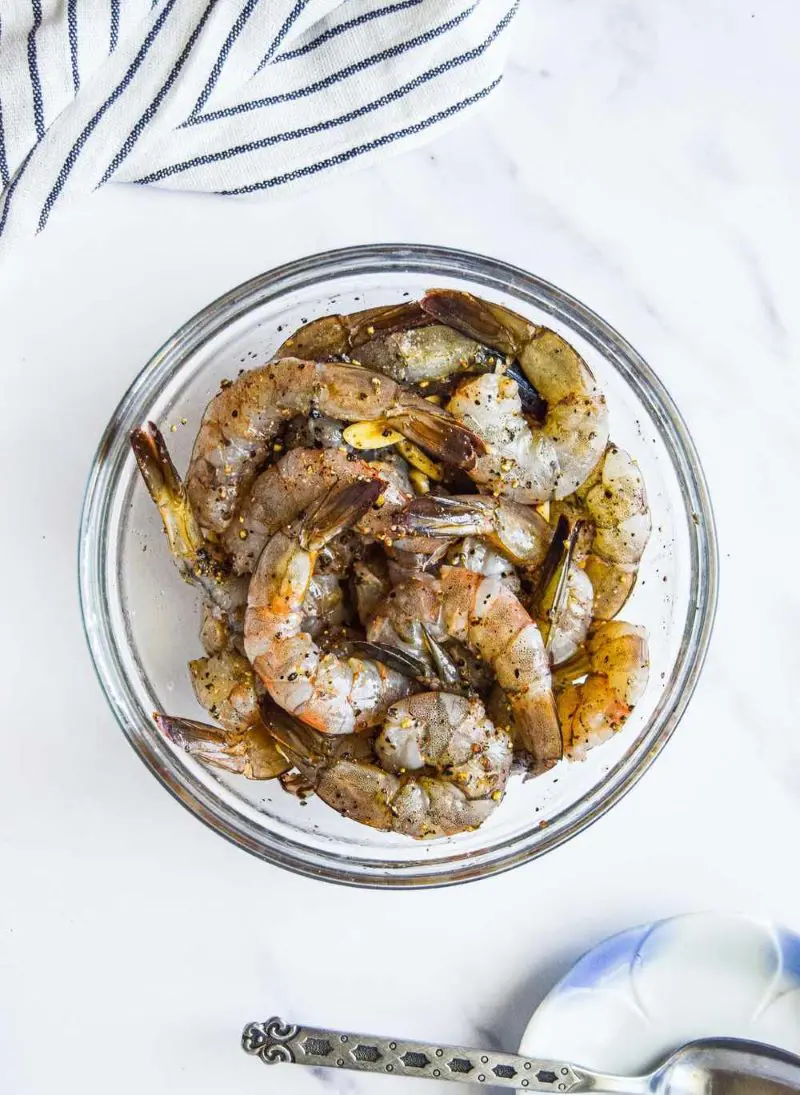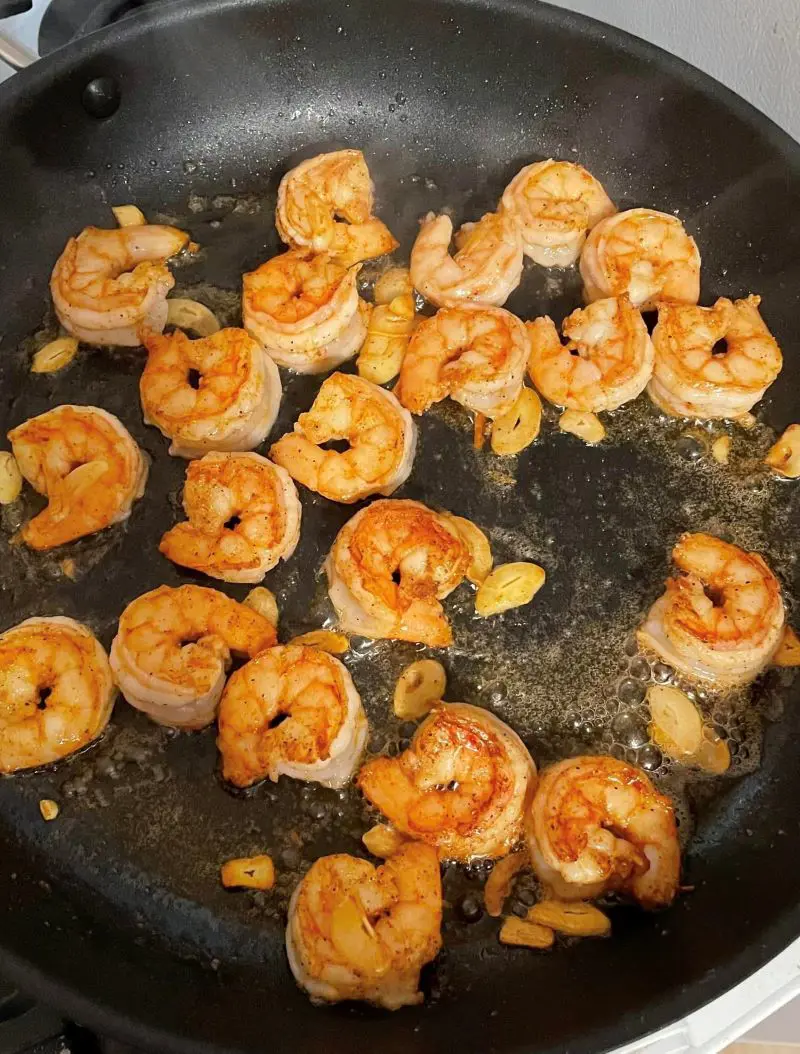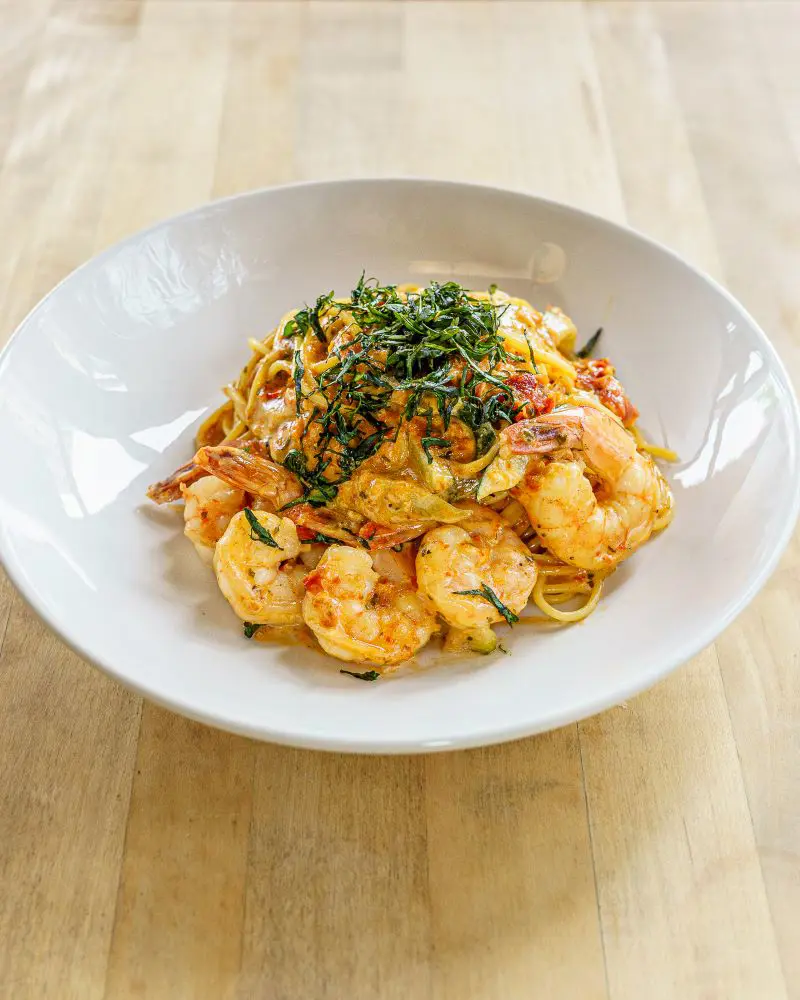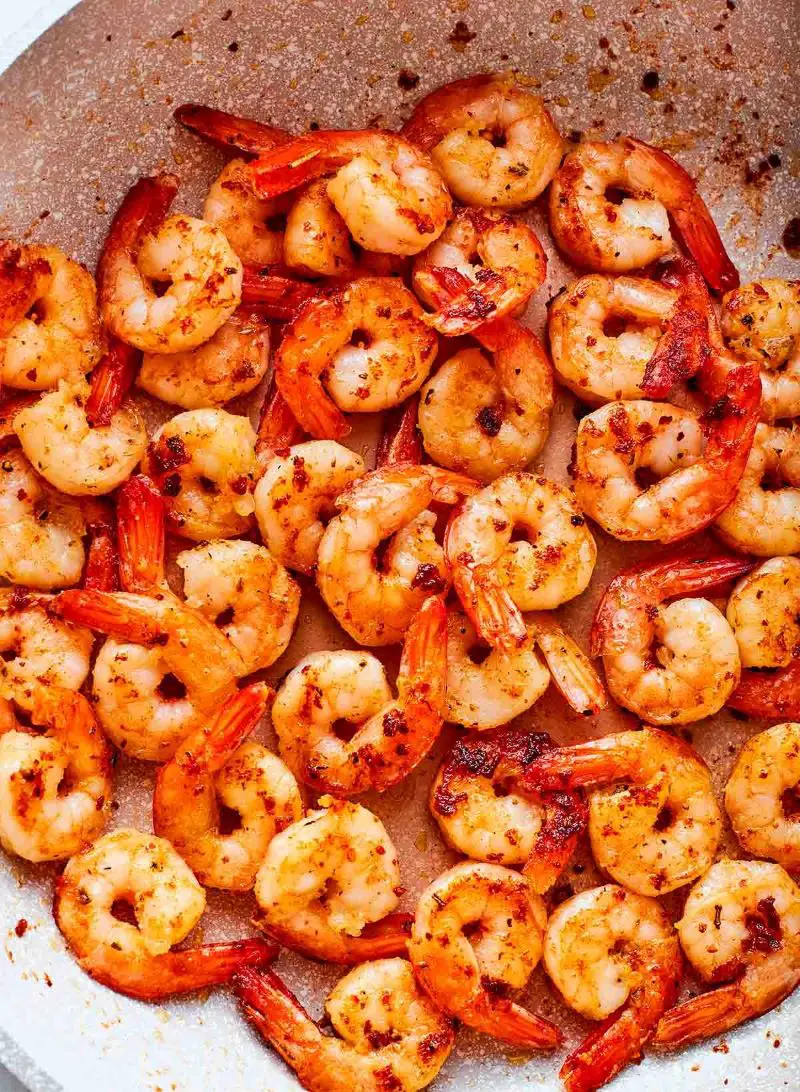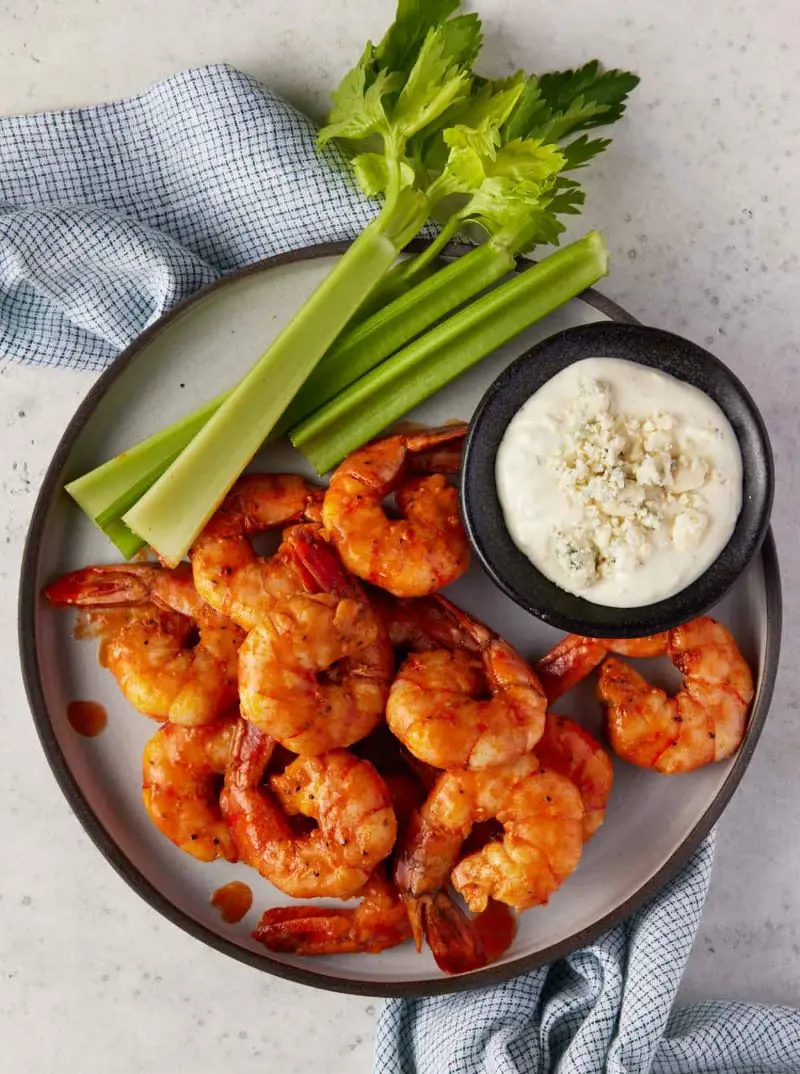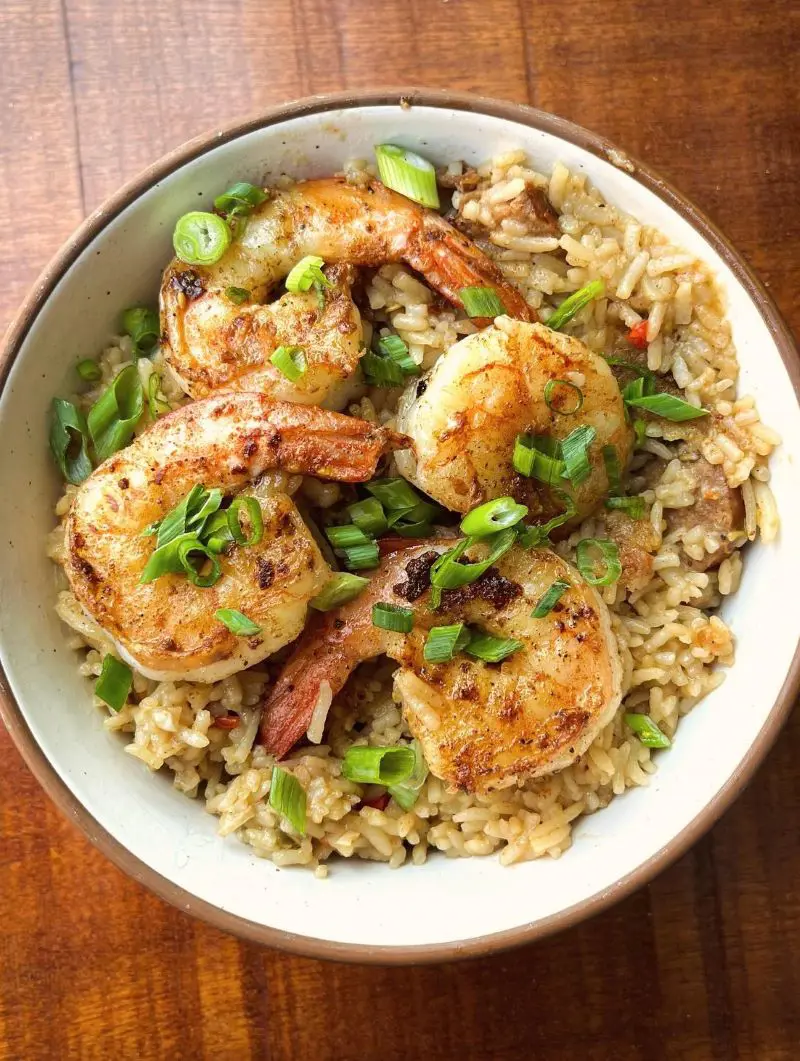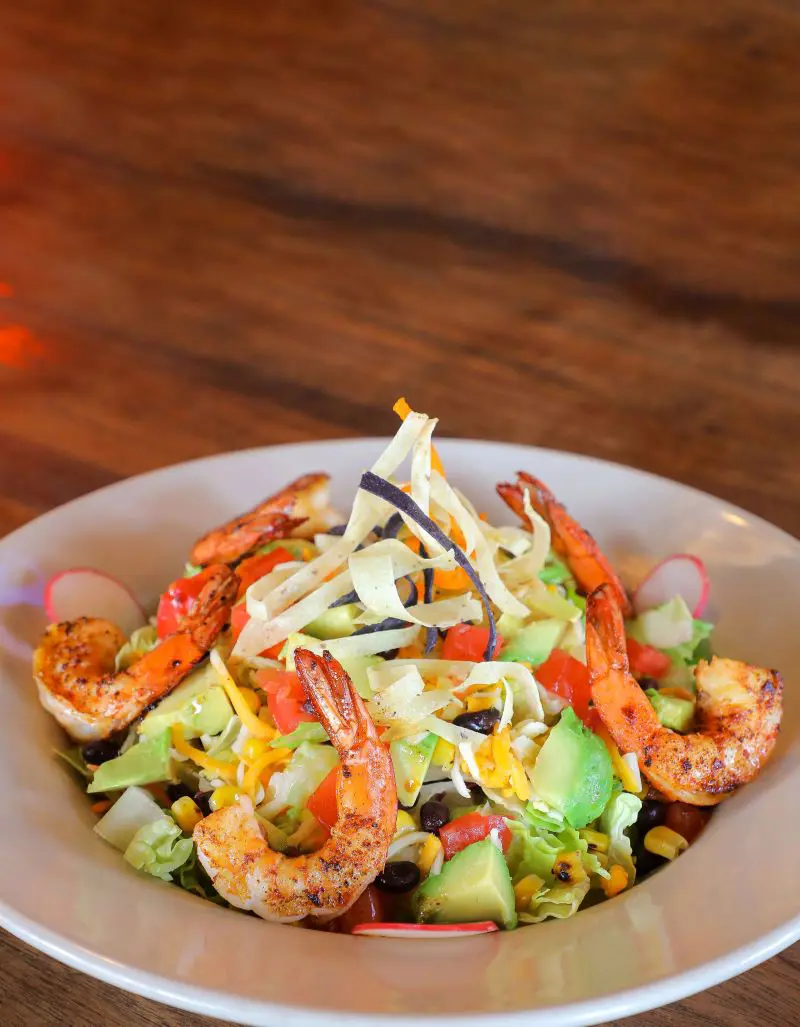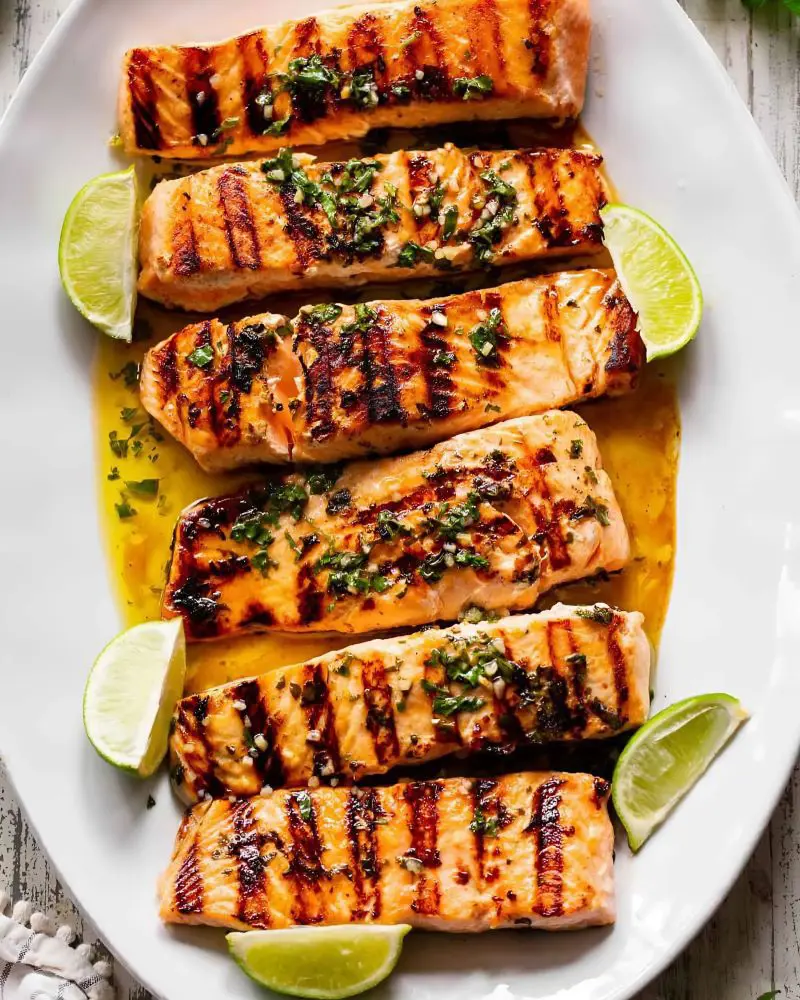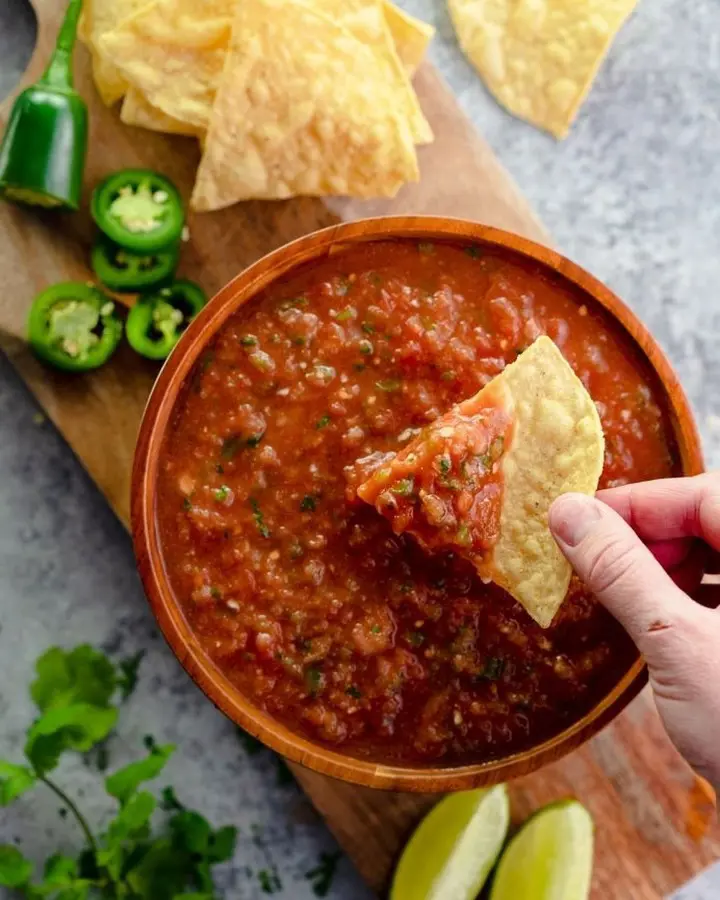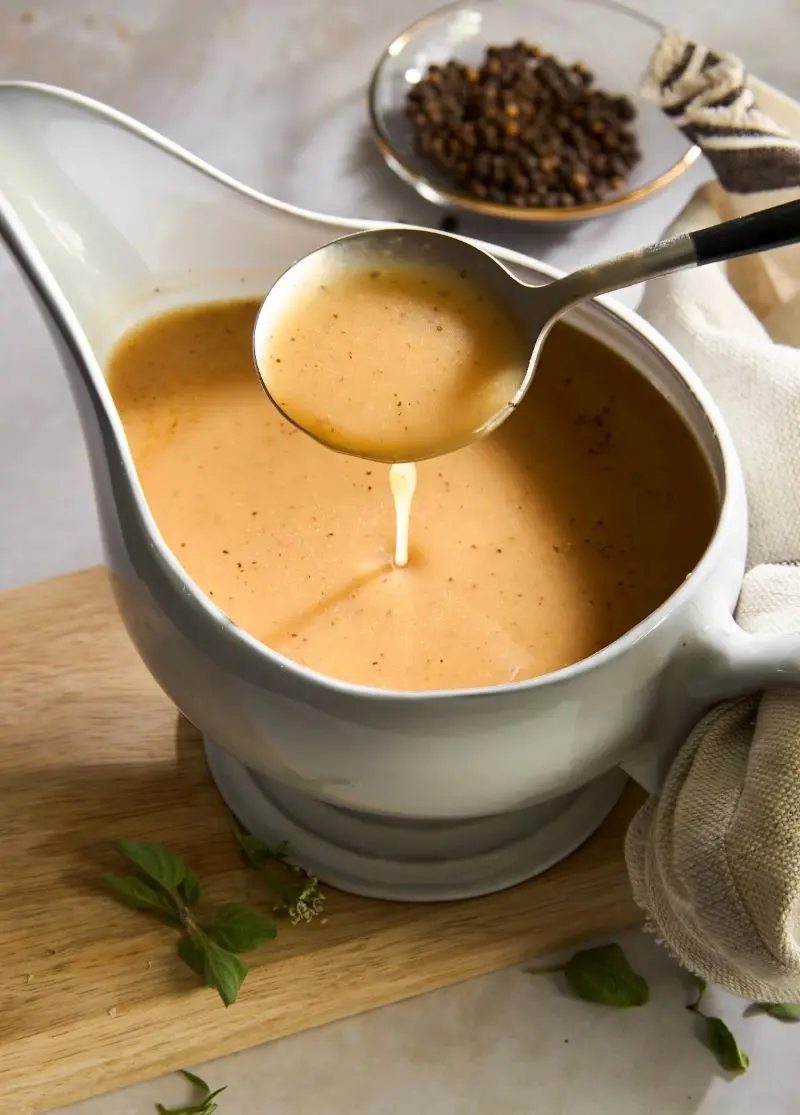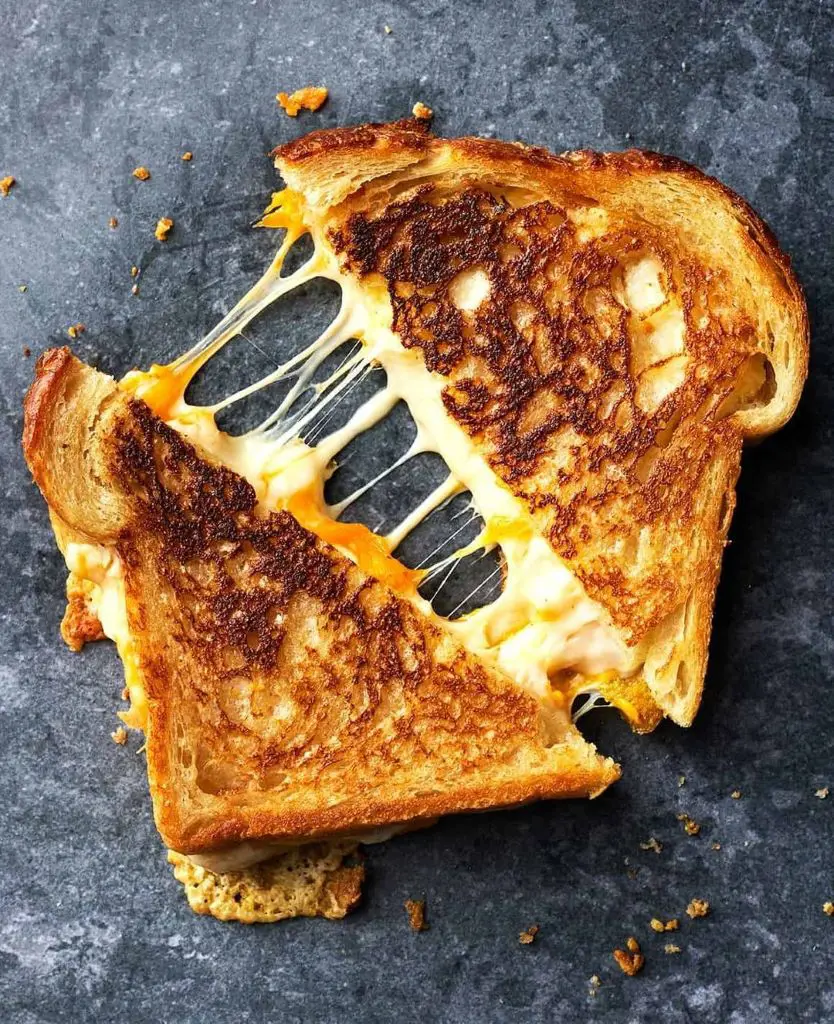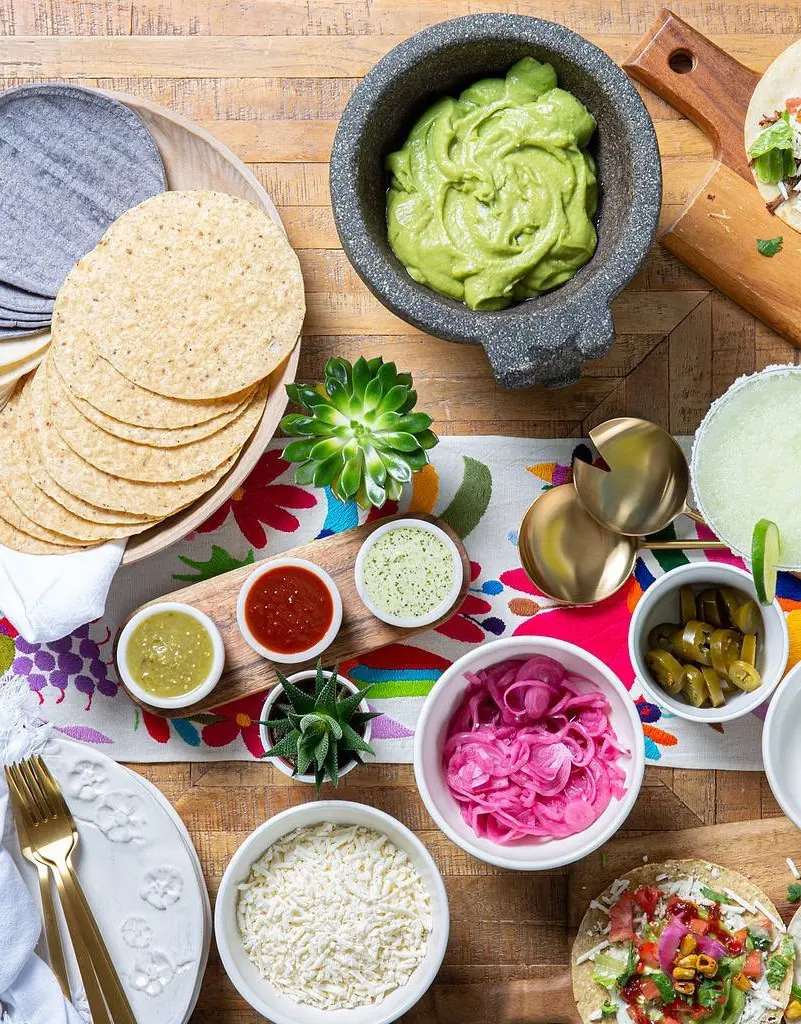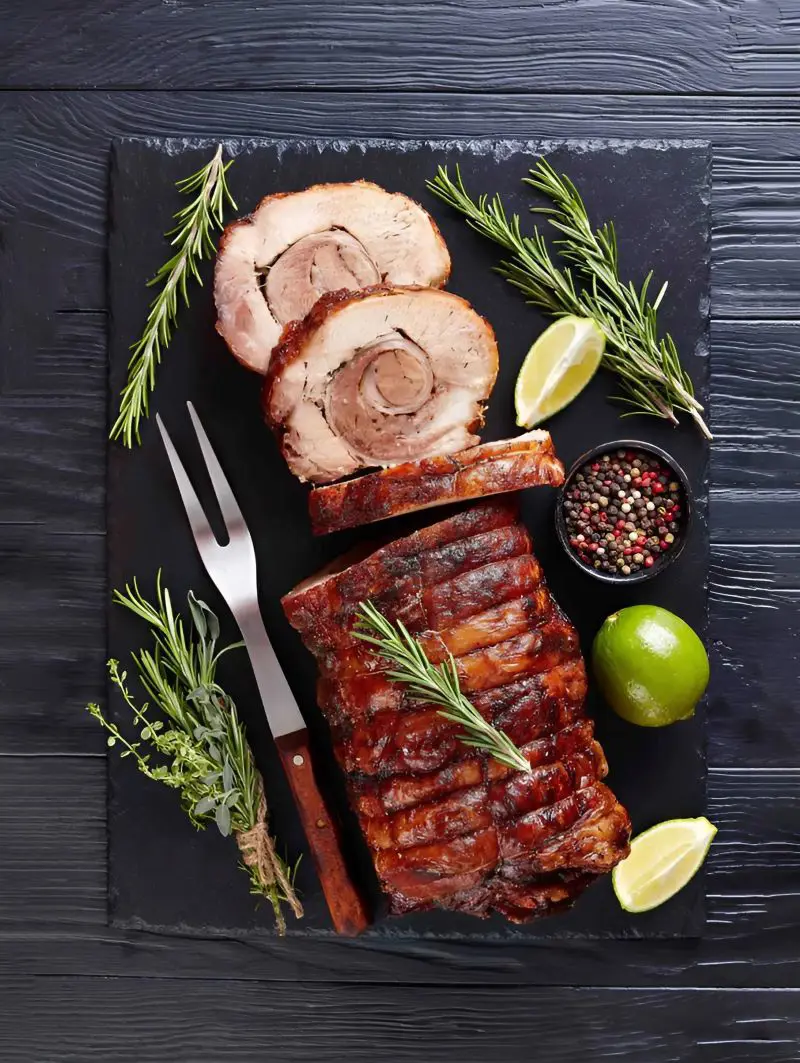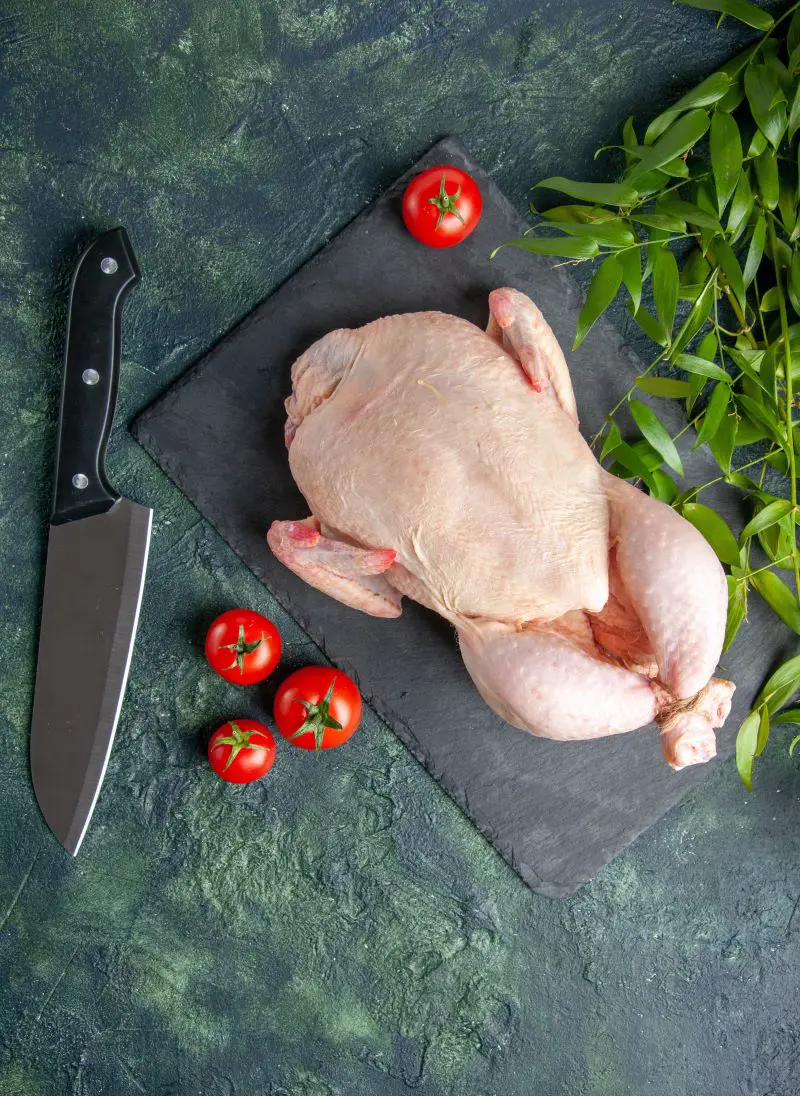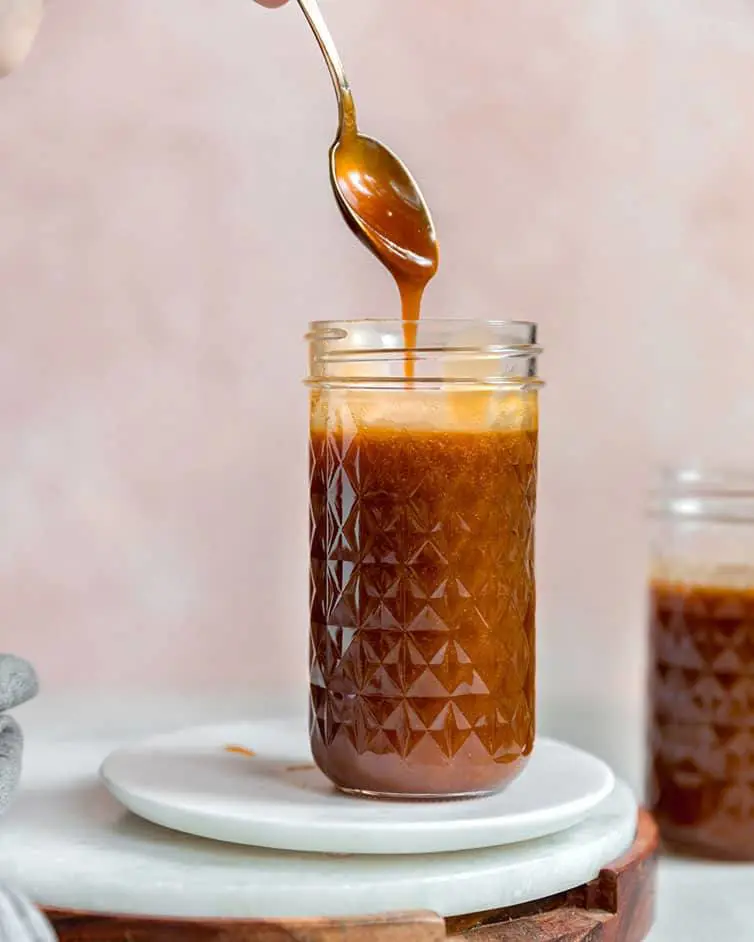What You'll Need to Cook Shrimp
Shrimp
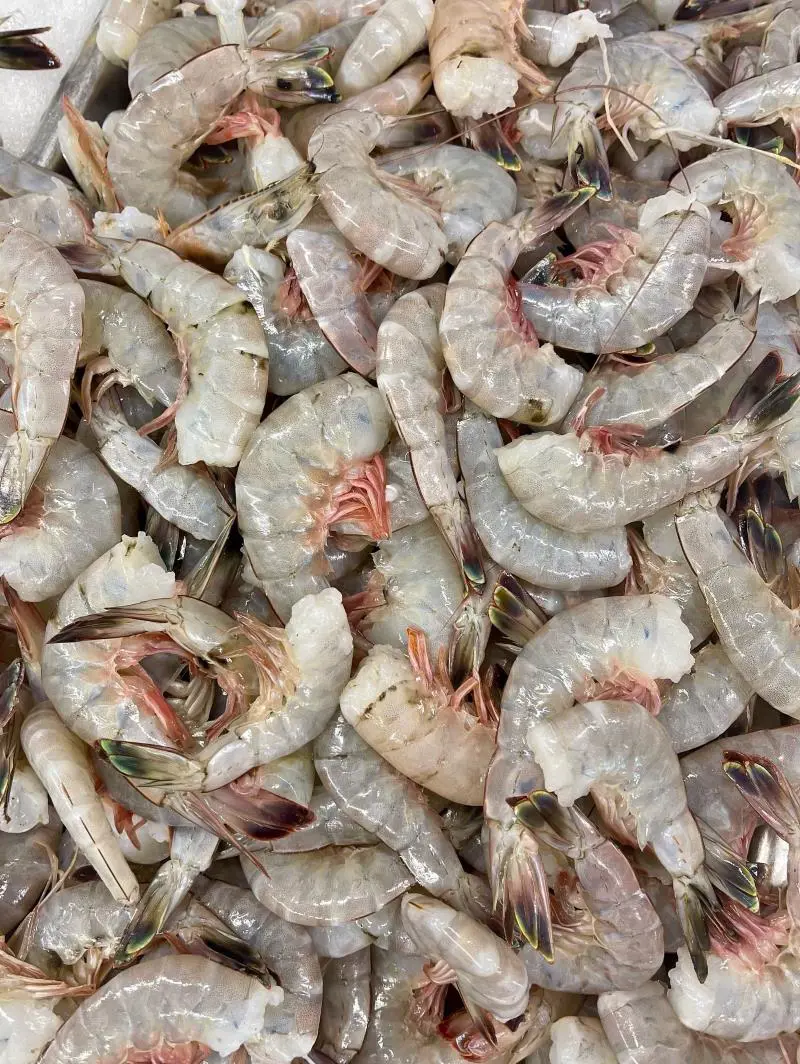
They are the star of this recipe. Before you shop for shrimp, you need to recognize a few things:
- Fresh vs Frozen: Shrimp have likely been frozen at some point except you purchase them straight from a boat. Even the clean shrimp at seafood counters are generally thawed for display. If you purchase thawed shrimp, cook them within 2 days and do not refreeze. Opt for frozen, as you can thaw only the quantity you need.
- Peeled or unpeeled: This recipe works for each. But if you are short of time, use shrimp that’s already peeled and deveined. It also speeds up meal prep.
- Size: When you buy groceries, you’ll see that shrimp are sold by size: jumbo, large, and small. They are also offered by the number of shrimp per pound. Every size works, but cooking times will vary -smaller shrimp need a shorter time, while larger ones require a bit longer.
Olive Oil or Butter
Olive oil gives a lighter, smoother taste. Butter adds a rich creamy taste to the dish. They offer a foundation for browning and help prevent the shrimp from sticking to the pan.
You can choose either one or simply combine both.
Salt and Pepper
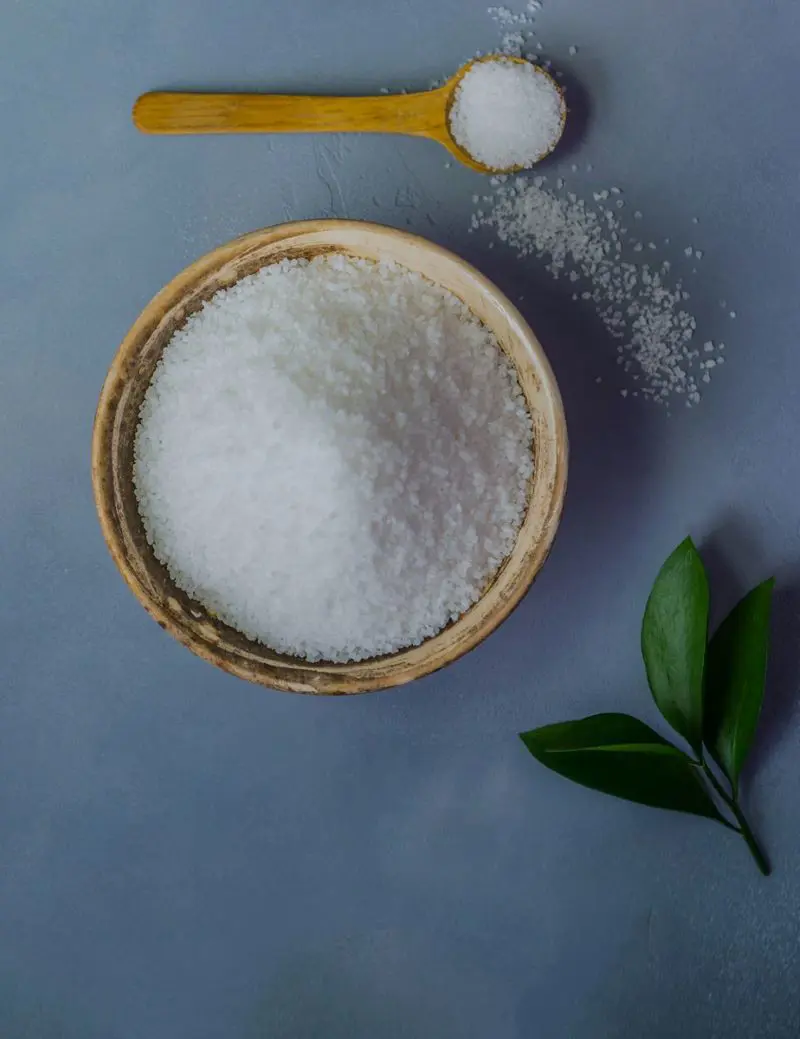
These are the basic seasonings to enhance the natural flavors of shrimp. Salt brings out the seafood's richness and balances various flavors.
Pepper adds mild heat and complexity to the dish. Use freshly ground black pepper for best results.
Lemon Juice
Just a squeeze of lemon is enough to brighten the dish. Its citrusy tang presents a fresh contrast to the richness of butter and oil.
This is optional, however there’s no reason not to try it!
Garlic
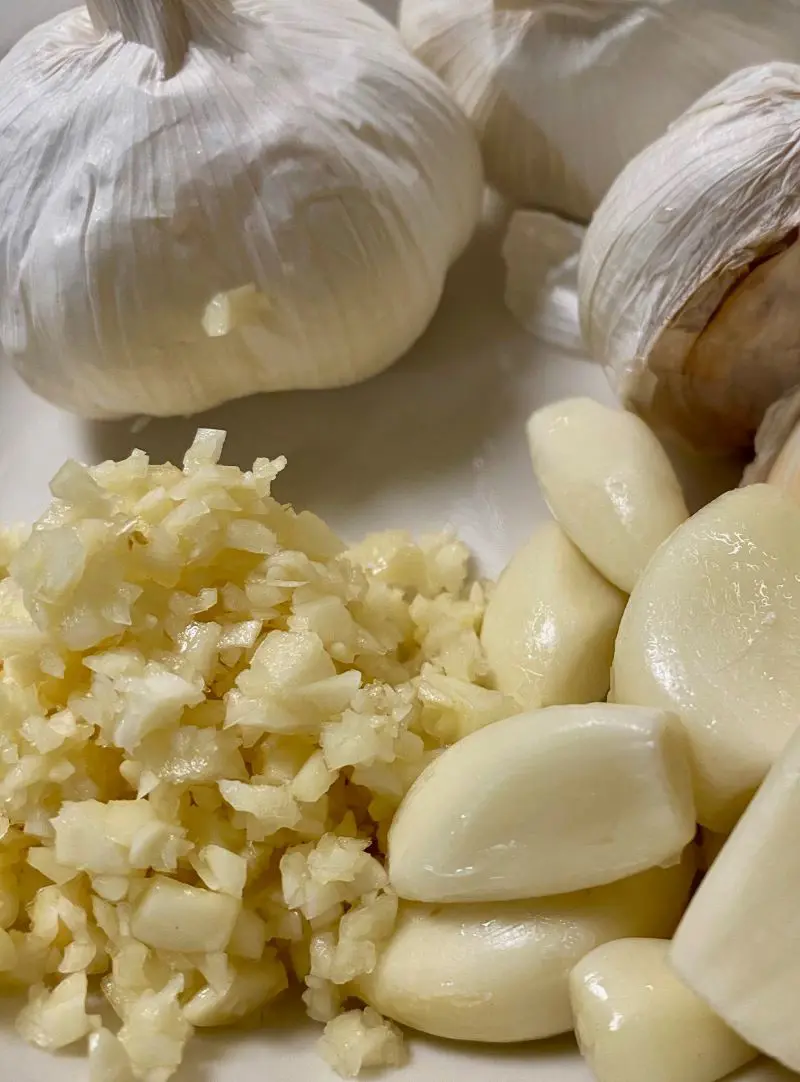
Love that strong, aromatic garlicky flavor? Just add some minced garlic, and you'll get depth and complexity in your dish. This enhances the savory profile of the seafood.
For a subtler flavor, use garlic powder. It’s a great alternative to fresh garlic.
Optional Seasonings
Do not limit yourself to basic elements when there is so much to explore. Think of adding paprika for a sweet and slightly smoky taste. Want some heat? Chili flakes come to the rescue.
Adjust these seasonings to your taste preference. After all, you are making it, so make it yours!
Don’t forget the herbs! They add a pop of color and a mild herbal flavor. Parsley is a great option, or you can use cilantro—or omit it for a simpler approach.
Tools Required
- Non-stick skillet or frying pan
- Tongs or spatula
- Measuring spoons
- Bowl
- Paper towels
- Knife and cutting board
